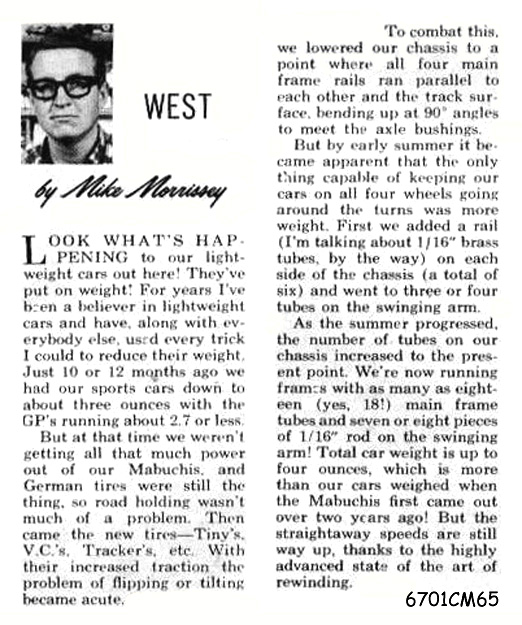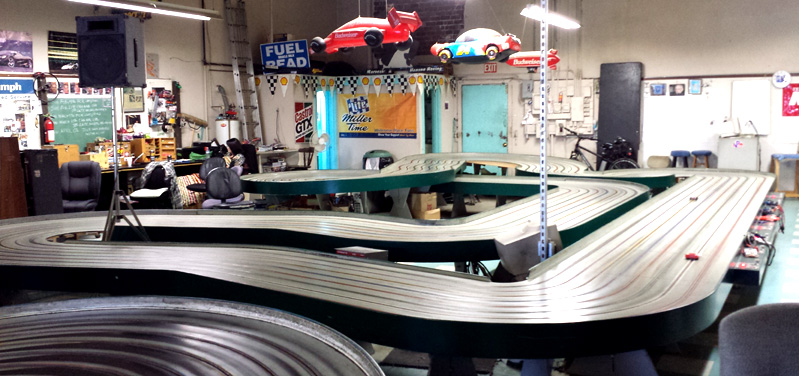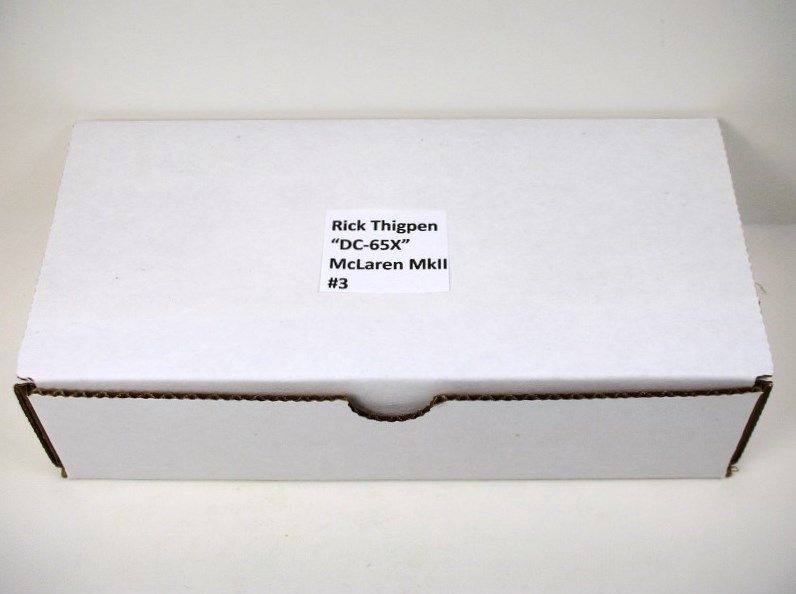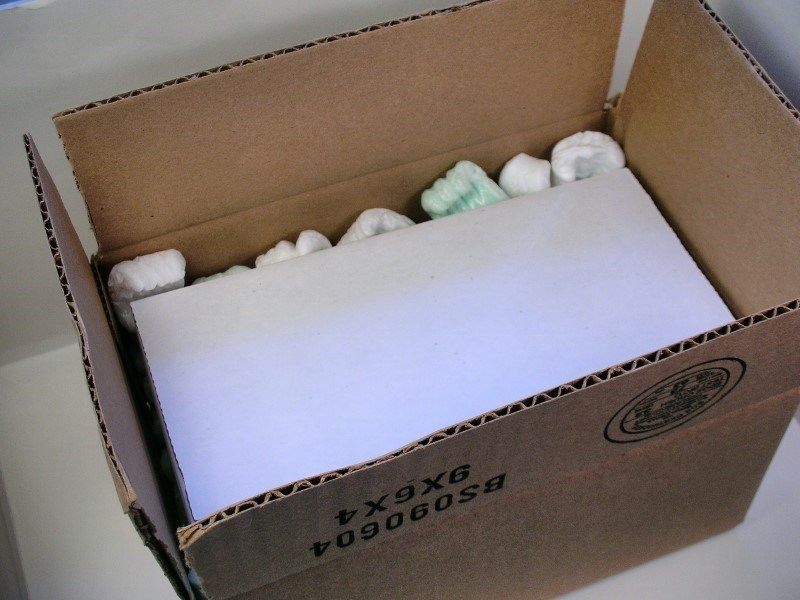Morrissey on (1966) Frames...
The well known feature article titled "Morrissey On Frames" in the September 1968 issue of Car Model provides an illustrated synopsis of chassis design development during the 1967 Car Model races in southern California. But aside from the R&C race reports themselves, no one I know about wrote an article summarizing the critical design developments during the 1966 R&C race series.
As it turns out, Mike Morrissey did pen a column for CM, and around the end of 1966 (I'm guessing November / December) he did dedicate some space in his column (the January 1967 issue published mid December) to a description of how, and a little bit about why, chassis design changed so much in the course of six races.
Here's a compliation of what Mike wrote in his column:

For those who may not be historians, the "German" tires Mike refers to are also known as "Graupner" tires. These were originally meant for model airplanes, but scratchbuilders are a notoriously clever lot, and soon discovered they work great for slot car tires - much better than molded solid rubber tires. Rick T. has used them on a few period korrekt early vintage builds.
The "new tires" Mike refers to; Tiny's, V.C. (Van Cleve) and Tracker's, are the first commercially available "closed cell" foam tires (technically known as SBR - Styrene Butadiene Rubber). As Mike describes, these tires were a game changer in that they got such improved traction that they caused the cars to tilt and flip in turns. This problem forced changes in the way the chassis of the cars that used them were designed.
Closed cell rubber is utterly ubiquitous today, and provides even better traction than the early examples. So, be aware if you are going to build an early 1966 design car (such as for one of the first three races) with these characteristics:
1. Very lightweight and flexible chassis (finished car weight at or less than 3-1/2 ounces / 100 grams)
2. Short (at or less than 3-7/8") wheelbase and (at or less than 3/4") guide lead
3. Less than 3 inches wide (to fit a narrow body) or 2-3/4" wide as required for GP cars
4. A thicker and (relatively) heavier vintage body
Using modern closed cell foam tires will almost certainly cause all sorts of problems with tilting and flipping in turns!
Here's some things you can do:
1. Narrow the tires - a common modern practice in wing car racing
2. Add a little bit of weight; try to make it structural, not just ballast, and all of it down low
3. Use "older" closed cell cell foam rubber - that didn't get such good traction - or even try to find some German rubber
Both Rick T. and Rodney C. (who will be driving the cars and writing notes on their performance) have suggested supplying at least two sets of rear wheels / tires (example: modern rubber and older rubber tires) with each entry.
This is pretty much the only way they have to "tune" the cars to the track to get the best lap times - I rather doubt they're going to grind tires or add /remove ballast to / from each car. It is very much to your benefit to heed their words! 
![]()




























